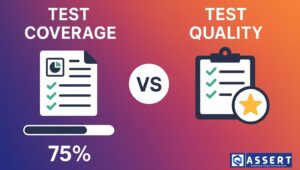Writing technical blog posts for QA professionals is a great way to share your testing experience and grow your reputation. But writing an engaging blog can be hard if you don’t follow a proper structure, use SEO tricks, or explain things in a simple way.
In this post, you’ll learn easy tips to write technical blogs that are not only informative but also enjoyable to read.
Why QA Professionals Should Blog
QA professionals have real-world testing knowledge, which is valuable to others in the industry. By blogging:
-
You share learning with the community.
-
You build your personal brand.
-
You can even improve your communication skills.
Platforms like Medium, LinkedIn, and Dev.to are great places to publish your posts.
1. Know Your Audience
Understand who you are writing for:
-
Are they beginners or experts?
-
Are they manual testers or automation engineers?
-
Are they looking for tools, tips, or tutorials?
This will help you decide what level of detail and tone to use.
2. Start with a Clear Outline
A good blog needs structure. Your blog should usually follow this format:
- Title
- Introduction
- Main content (with sections)
- Examples or use cases
- Conclusion
- CTA (Call to Action)
Use H2 and H3 headings for clear navigation.
3. Use Simple Language
Don’t use too many complex terms. Write like you are explaining it to a junior tester. Use:
- Short sentences
- Active voice
- Real examples
Example: Instead of “We leveraged Jenkins for CI,” say “We used Jenkins to run our tests automatically.”
4. Add Code, Screenshots, or Diagrams
If you’re writing about automation frameworks, tools like Selenium, Playwright, or Appium — show the code.
Use code blocks:




